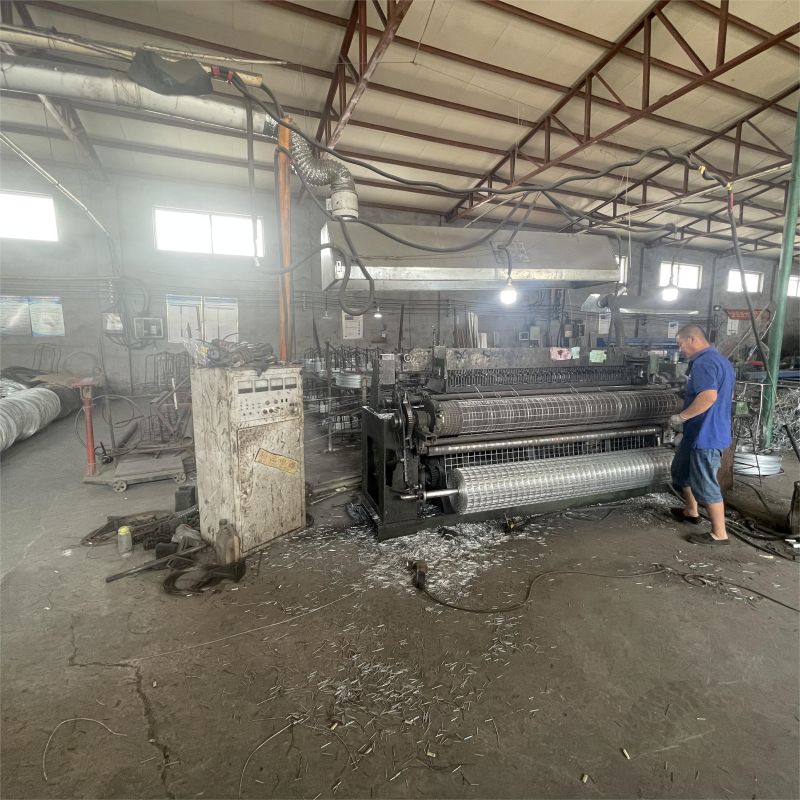welded wire mesh gauge sizes
Understanding Welded Wire Mesh Gauge Sizes
Welded wire mesh is a common construction and fabrication material made from thin steel wires that are welded together to form a grid-like pattern. It is used in various applications, ranging from reinforcement in concrete to fencing and animal enclosures. One of the critical factors to consider when selecting welded wire mesh is the gauge size, which indicates the thickness of the wire used in the mesh. Understanding gauge sizes is essential for choosing the right type of mesh for your specific requirements.
What is Wire Gauge?
Wire gauge refers to the diameter of the wire used in the mesh. The gauge number is inversely related to the wire diameter; this means that a higher gauge number indicates a thinner wire, while a lower gauge number signifies a thicker wire. The American Wire Gauge (AWG) system is commonly used in the United States, and it's important to note that the system is not linear—each increase in gauge results in a significant decrease in wire diameter.
Importance of Gauge Size
The gauge size of welded wire mesh greatly influences its strength, durability, and performance. Thicker wires (lower gauge numbers) will provide greater tensile strength and resistance to bending or breaking under load. Thinner wires (higher gauge numbers) may be more cost-effective and lighter, but they also may not stand up to heavy loads or harsh environmental conditions as effectively.
When selecting a gauge size, it’s crucial to consider the specific application - Fencing For perimeter fencing or animal enclosures, a gauge of 14 to 10 is usually recommended. Thicker wires can resist intrusion and damage. - Reinforcement in Concrete For concrete slabs and foundations, using a lower gauge (such as 6 to 8) ensures maximum strength to support heavy loads. - Garden Projects For garden applications, such as trellises or protective barriers, a 14 to 16 gauge mesh may be sufficient.
welded wire mesh gauge sizes

Standard Mesh Sizes and Their Applications
Welded wire mesh comes in various standard sizes, typically denoted by the wire gauge and the size of the openings in the mesh grid. Common mesh sizes include - 2 inches x 4 inches with 14 gauge wire Often used for lightweight fencing and garden structures. - 4 inches x 4 inches with 12 gauge wire A popular choice for heavier applications, including livestock fencing. - 6 inches x 6 inches with 10 gauge wire Suitable for construction purposes, providing excellent reinforcement in concrete. - 1 inch x 2 inches with 16 gauge wire Commonly used for smaller garden enclosures and projects requiring a delicate touch.
Factors Influencing Your Choice of Gauge Size
Several factors can influence the decision on which gauge size to use 1. Load Requirements Assess the load that the mesh will need to support. This is crucial in construction and agricultural applications. 2. Environmental Conditions Consider the exposure to elements such as moisture, corrosive environments, or extreme temperatures. Thicker wires may provide better longevity in harsh conditions. 3. Aesthetic Considerations In some cases, such as decorative fencing or garden trellises, the appearance of the mesh might guide your gauge size selection. Thinner wires may provide a more delicate look, while thicker wires have a more robust appearance.
Conclusion
Selecting the appropriate gauge size for welded wire mesh is vital for ensuring your project's success, whether for construction, fencing, or agricultural use. Understanding the implications of different gauge sizes will help you make informed decisions that cater to your specific needs. Always consider the balance between strength, cost, and application requirements when choosing the perfect welded wire mesh for your project. By doing so, you can ensure that your investment provides the strength and durability crucial for its intended purpose, ultimately resulting in a reliable and long-lasting solution.
-
Space-Saving Chain Fence Hacks Vertical Gardening with Cyclone MeshNewsJul.16,2025
-
Innovations in Iron Nail Wire Production for Modern ConstructionNewsJul.16,2025
-
Creative Uses of Wire Netting Fence in Modern Landscape DesignNewsJul.16,2025
-
Barbed Wire Fence Innovations in Anti-Climb TechnologyNewsJul.16,2025
-
Architectural Uses of Umbrella Nails for Aesthetic Roof DesignsNewsJul.16,2025
-
Architectural Uses of Razor Barbed Wire in Secure Urban DesignNewsJul.16,2025




